In 1939, war had broken out in Europe. Germany annexed Austria and invaded Poland. They crushed the armies of Norway, Denmark, the Netherlands, Belgium, and Luxembourg while making their way to France.
By May 1940, the German army had reached the English Channel, and it would seem that England would be the next to fall.
This led Winston Churchill to form contingency plans, one of which related to the gold stores and the basis of the country’s wealth.
So began Operation Fish, one of the largest transfers of wealth from one country to another.
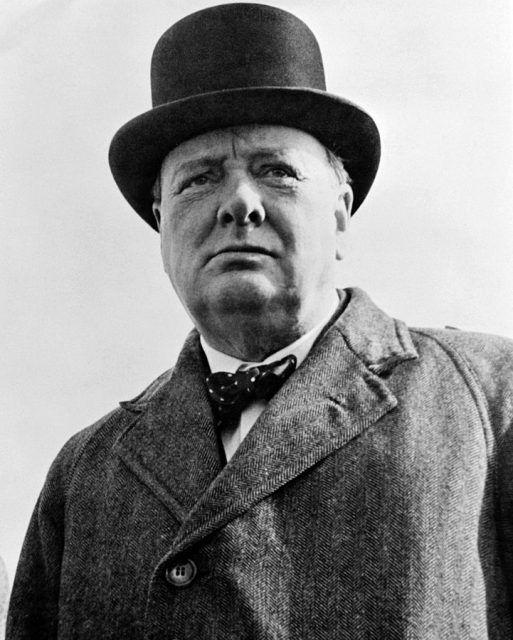
At the request of the Prime Minister, the Bank of England started to accelerate a process which had been in place since the Munich Agreement of 1938. Since then, the UK had been increasing its gold reserves in Canada and effectively running a shadow bank in Ottawa.
Operation Fish was to be the culmination of this acceleration and would move the entire gold reserve from the UK to Canada.
The ultimate goal of Operation Fish was that if England fell to the Germans, Winston Churchill would be able to run the commonwealth from Canada. The gold and securities which were moved would fund the war effort.
All ammunition, arms, and vehicles would be purchased from Canada and the USA in order to fight Germany.
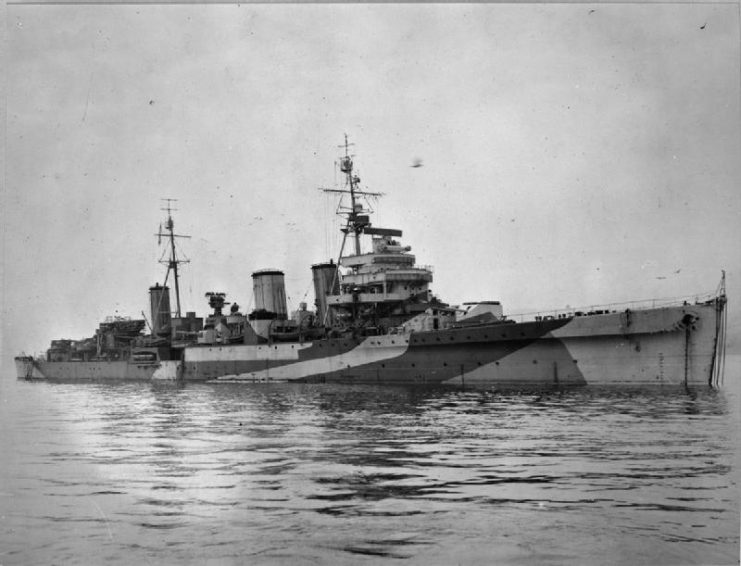
To prepare for Operation Fish, the UK government confiscated securities which were registered at the start of 1940. These securities were to be sent to Canada along with the entire gold reserve held by the Bank of England.
While the plan to move the gold and securities was sound, there was one problem: the goods had to travel by ship through the U-boat infested waters of the North Atlantic.
During May 1940, over 100 ships in these waters had been sunk by the German forces. Only one U-boat was lost in the attacks.
History was also not on the side of the British as they had tried to move some of their wealth during WWI. This had ended with the SS Laurentic being sunk by a German submarine off the coast of Ireland.
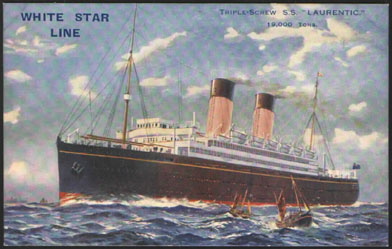
Even with history against them, eight boats were assigned to Operation Fish. They would sail in convoy from the UK to Halifax where the gold would start a land journey to Ottawa. The first of the ships to make this journey was the HMS Emerald.
The HMS Emerald set out on June 24, 1940, and would have been an easy target for the German submarines. The Battle of the Atlantic was at its height, but the ship made the crossing unscathed.
It arrived in Halifax on July 1 and was met by officials from the Canadian National Express and the Bank of Canada.
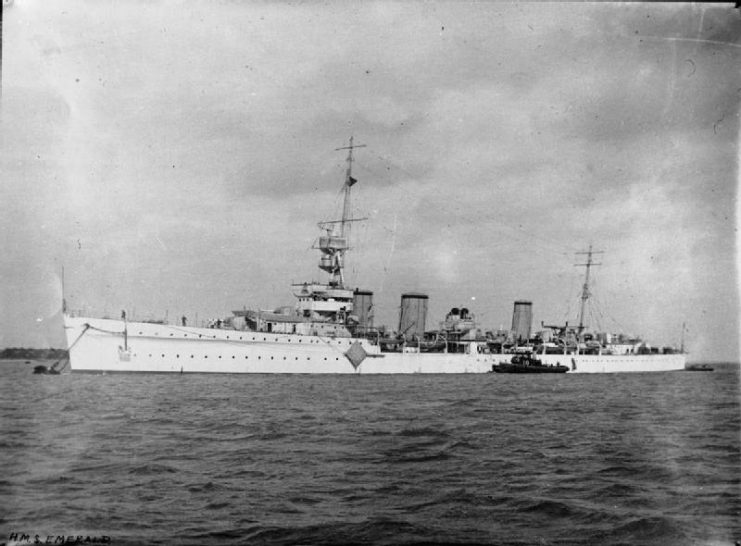
The boxes taken from the ship were all labeled “fish” and were checked before being placed onto a train. The train was escorted by almost 300 guards as it made its way to Montreal.
When the gold and securities arrived in Montreal, the securities and cash were unloaded.
The cash and security boxes were taken to the Sun Life Building. The gold continued to Ottawa where it was placed in the vaults of the Bank of Canada. This was only the first shipment to make the journey.
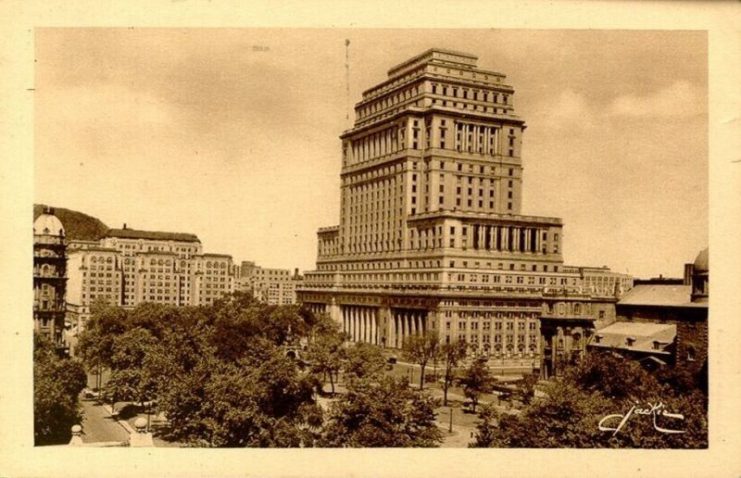
More of the ships started to make the journey and brave the German infested waters. None of the ships in the convoy were lost during their crossings. Operation Fish was a success and delivered over 1500 tons of gold to the vault of the Bank of Canada.
While the gold was safe in the vaults and tracked by 120 retired Canadian bankers and brokers, the securities were in the third basement level of the Sun Life Building. They were protected by the Royal Canadian Mounties, but the 5,000 people working in the building were oblivious to this.
While the Mounties provided some security, a proper vault was required.
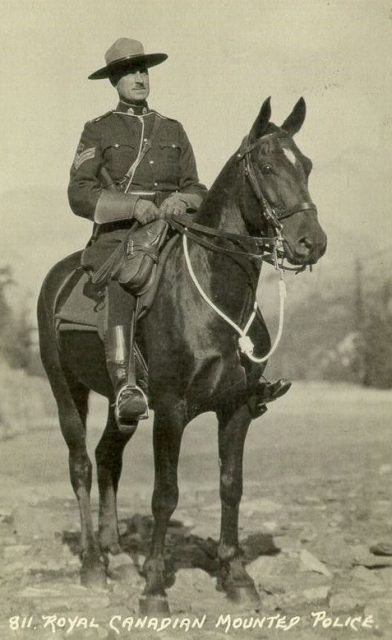
Below the employees, construction workers built a vault from railroad steel. Microphones were installed in the ceiling in order to detect any intruders. The vault doors needed two codes to be entered at the same time by two different bankers who only knew one of the codes.
Operation Fish was a gamble for the British government, but it was a success. It is still the largest transfer of wealth in history and remained a secret until after the war. There were hundreds of people involved in the operation, but not one piece of gold or security went missing.
